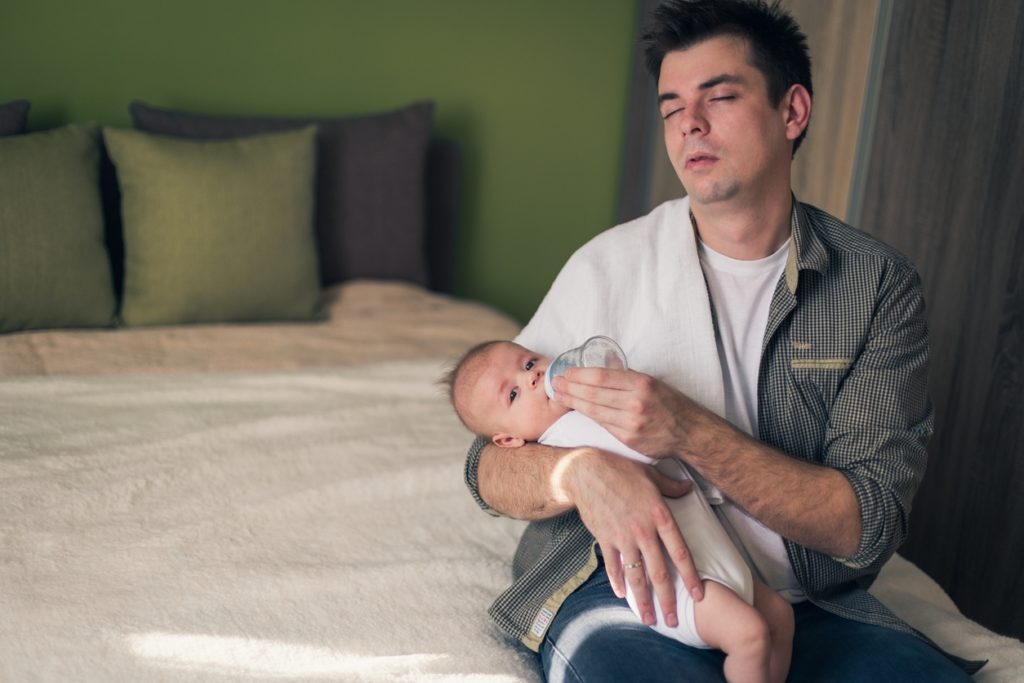RATIONALE: Genetic testing may help predict how cancer will respond to treatment and allow doctors to plan more effective therapy.
PURPOSE: Diagnostic trial to study genetic differences in patients who have Ewing’s sarcoma.
RATIONALE: Genetic testing may help predict how cancer will respond to treatment and allow doctors to plan more effective therapy. PURPOSE: Diagnostic trial to study genetic differences in patients who have Ewing’s sarcoma.Condition:- localized tumors of the Ewing’s family- metastatic tumors of the Ewing’s family Study Type: InterventionalStudy Design: Diagnostic Official Title: Diagnostic Study of Tumor Characteristics in Patients With Ewing’s SarcomaFurther Study Details: OBJECTIVES:Determine the prognostic significance of chromosomal translocation subtype in patients with Ewing’s sarcoma. Determine the prognostic significance of minimal residual disease detection in bone marrow of these patients, using reverse transcriptase-polymerase chain reaction determination of EWS-ETS fusion genes. Determine whether serum levels of IGF1 and IGFBP3 are of significance to outcome of these patients. Establish clinical proteomics for investigating altered signaling molecules in the pathogenesis of Ewing’s sarcoma. OUTLINE: This is a multicenter study.Patients undergo various specimen collections, including bone marrow aspirate, paraffin-embedded blocks of tumor tissue or slides of tumor tissue, and blood specimens. These specimens are collected before, during, and after any chemotherapy regimens, during follow-up, and at time of recurrence. Translocation studies are performed on specimens to identify fusion genes, specifically EWS-ETS. Serum IGF1 and IFGBP3 levels are determined. Bone marrow is assessed for minimal residual disease using reverse-transcriptase polymerase chain reaction. PROJECTED ACCRUAL: A total of 470 patients will be accrued for this study within 4 years. Eligibility Ages Eligible for Study: up to 50 Years, Genders Eligible for Study: Both Criteria DISEASE CHARACTERISTICS:Newly diagnosed Ewing’s sarcoma Availability of the following specimens: Paraffin-embedded block or 20 unstained slides and 1-3 thick (50 micron) sections from initial biopsy Pretreatment serum and whole blood Concurrent therapy is not required PATIENT CHARACTERISTICS: Age50 and under Children’s Hospital at Westmead, Westmead, New South Wales, 2145, Australia; Recruiting Geoffrey McCowage, MD 61-2-984-52122 Sydney Children’s Hospital, Randwick, New South Wales, 2031, Australia; Recruiting Glenn Marshall, MD, MBBS 61-2-9382-1721 g.marshall@unsw.edu.au Royal Children’s Hospital, Brisbane, Queensland, 4029, Australia; Recruiting Liane Lockwood, MBBS, FRACP 617-363-61356 liane_lockwood@health.gld.gov.au Women’s and Children’s Hospital, North Adelaide, South Australia, 5006, Australia; Recruiting Maria Louis Kirby, MBBS, FRACP 61-8-8161-7411 kirbym@mail.wch.sa.gov.au Royal Children’s Hospital, Parkville, Victoria, 3052, Australia; Recruiting David Ashley, MBBS, FRACP, PhD 61-39-345-5522 Princess Margaret Hospital for Children, Perth, Western Australia, 6006, Australia; Recruiting Marianne Phillips, MD 61-89-340-8222 marianne.phillips@health.wa.gov.au
All content and media on the HealthEngine Blog is created and published online for informational purposes only. It is not intended to be a substitute for professional medical advice and should not be relied on as health or personal advice. Always seek the guidance of your doctor or other qualified health professional with any questions you may have regarding your health or a medical condition. Never disregard the advice of a medical professional, or delay in seeking it because of something you have read on this Website. If you think you may have a medical emergency, call your doctor, go to the nearest hospital emergency department, or call the emergency services immediately.







